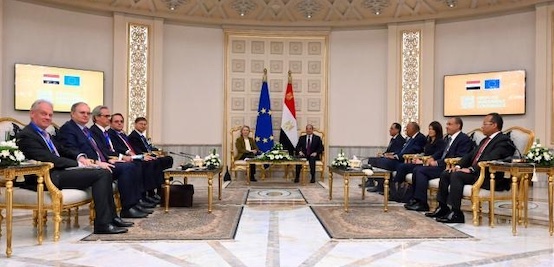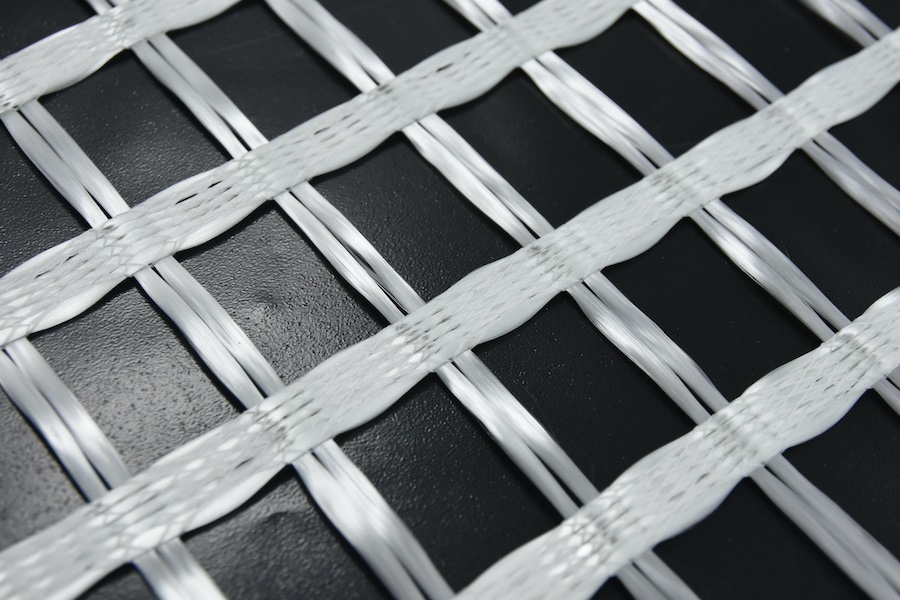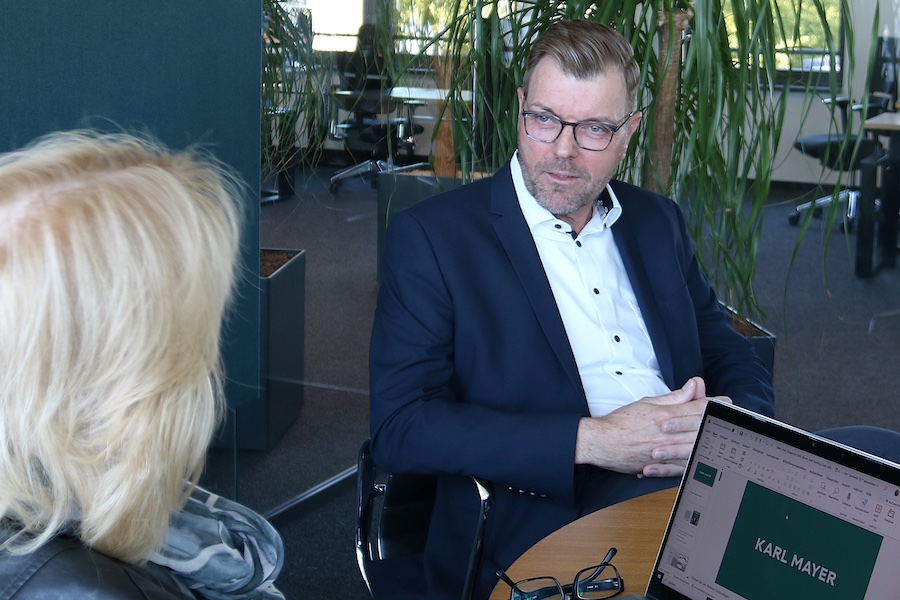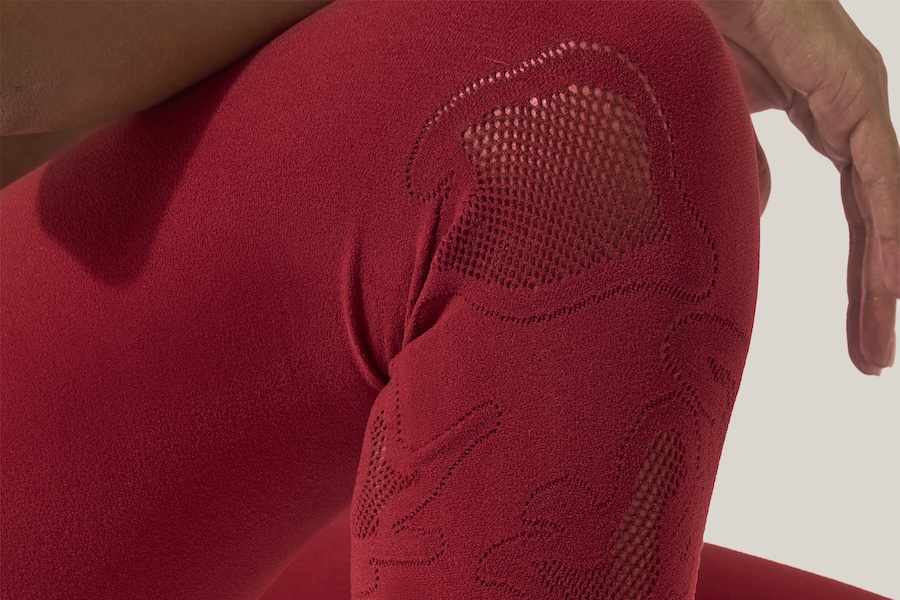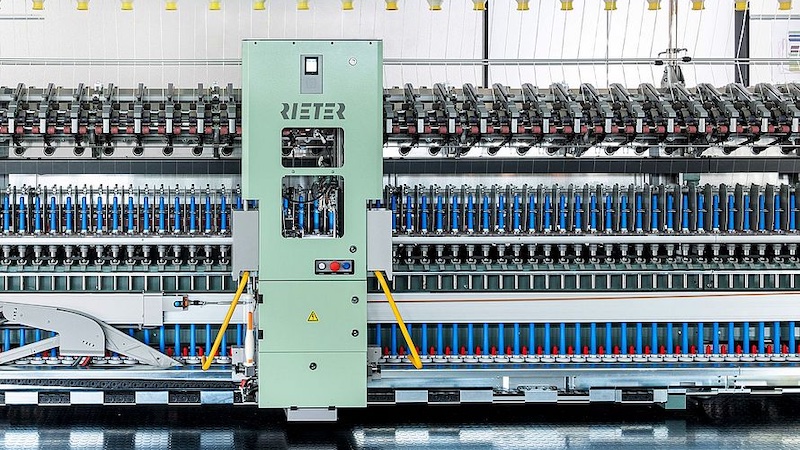#Europe
EU budget 2022: Speeding up Europe's recovery and progressing towards a green, digital and resilient future
Commissioner Johannes Hahn, responsible for the EU Budget, said: “Today, we are putting forward unprecedented levels of financial support to reinforce Europe´s recovery from the health and economic crises. We will help the people, companies and regions that have been most affected by the pandemic. We will invest in Europe's resilience and its modernisation via the green and digital transition. Getting Europe back on track, speeding up its recovery and making it fit for the future are our main priorities!”
The draft budget 2022, boosted by NextGenerationEU, directs funds to where they can make the greatest difference, in line with the most crucial recovery needs of the EU Member States and our partners around the world.
The funding will help rebuild and modernise our Union, by fostering the green and digital transitions, creating jobs and strengthening Europe's role in the world.
The budget reflects the EU's political priorities, which are relevant to ensure a sustainable recovery. To that end, the Commission is proposing to allocate (in commitments):
• €118.4 billion in grants from NextGenerationEU under the Recovery and Resilience Facility (RRF) to mitigate the economic and social impact of the coronavirus pandemic, and to make EU economies and societies more sustainable, resilient and better prepared for the challenges and opportunities of the green and digital transitions.
• €53.0 billion for the Common Agricultural Policy and €972 million for the European Maritime, Fisheries and Aquaculture Fund, for Europe's farmers and fishers, but also to strengthen the resilience of the agri-food and fisheries sectors and to provide the necessary scope for crisis management. The European Agricultural Fund for Rural Development (EAFRD) could receive an extra €5.7 billion from NextGenerationEU.
• €36.5 billion for regional development and cohesion, reinforced by €10.8 billion from NextGenerationEU under REACT-EU to support crisis response and crisis repair.
• €14.8 billion to support our partners and interests in the world, of which €12.5 billion under the Neighbourhood, Development and International Cooperation Instrument — Global Europe (NDICI — Global Europe), and €1.6 billion for Humanitarian Aid (HUMA).
• €13.1 billion for research and innovation, of which €12.2 billion for Horizon Europe, the Union's flagship research programme. It could receive an extra €1.8 billion from NextGenerationEU.
• €5.5 billion for European strategic investments, of which €1.2 billion for InvestEU for key priorities (research and innovation, twin green and digital transition, the health sector, and strategic technologies), €2.8 billion for the Connecting Europe Facility to improve cross-border infrastructure, and €1.2 billion for the Digital Europe Programme to shape the Union's digital future. InvestEU could receive an extra €1.8 billion from NextGenerationEU.
• €17.9 billion for investing in people, social cohesion, and values, of which €13.3 billion for the European Social Fund Plus to support employment, skills and social inclusion, €3.4 billion Erasmus+ to create education and mobility opportunities for people, €401 million to support artists and creators around Europe, and €253 million to promote justice, rights, and values*;
• €2.1 billion for spending dedicated to space, mainly for the European Space Programme, which will bring together the Union's action in this strategic field.
• €1.9 billion for environment and climate action, of which €708 million for the LIFE programme to support climate change mitigation and adaptation, and €1.2 billion for the Just Transition Fund to make sure that the green transition works for all. The Just Transition Fund could receive an extra €4.3 billion from NextGenerationEU.
• €1.9 billion for protecting our borders, of which €780 million for the Integrated Border Management Fund (IBMF), and €758 million for the European Border and Coast Guard Agency (Frontex).
• €1.9 billion to support candidate and potential candidate countries in meeting the requirements of the Union's accession process, chiefly through the Instrument for Pre-Accession Assistance (IPA III).
• €1.3 billion for migration-related spending, of which €1.1 billion to support migrants and asylum-seekers in line with our values and priorities.
• €1.2 billion to address defence and common security challenges, of which €950 million to support capability development and research under the European Defence Fund (EDF), as well as €232 million for to support Military Mobility.
• €905 million to ensure the functioning of the Single Market, including €584 million for the Single Market Programme, and close to €200 million for work on anti-fraud, taxation, and customs.
• €789 million for EU4Health to ensure a comprehensive health response to people's needs, as well as €95 million to the Union Civil Protection Mechanism (rescEU) to be able deploy operational assistance quickly in case of a crisis. RescEU could receive an extra €680 million from NextGenerationEU.
• €600 million for security, of which €227 million for the Internal Security Fund (ISF), which will combat terrorism, radicalisation, organised crime, and cybercrime.
The draft budget for 2022 is part of the Union's long-term budget as adopted at the end of 2020, and seeks to turn its priorities into concrete annual deliverables. A significant part of the funds will therefore be dedicated to combatting climate change, in line with the target to spend 30% of the long-term budget and the NextGenerationEU recovery instrument on this policy priority.
Background
The draft 2022 EU budget includes expenditure under NextGenerationEU, to be financed from borrowing at the capital markets, and the expenditure covered by the appropriations under the long-term budget ceilings, financed from own resources. For the latter, two amounts for each programme are proposed in the draft budget – commitments and payments. "Commitments" refer to the funding that can be agreed in contracts in a given year; and "payments" to the money actually paid out. The proposed 2022 EU budget amounts to €167.8 billion in commitments and €169.4 billion in payments. All amounts are in current prices.
The actual NextGenerationEU payments – and funding needs for which the European Commission will seek market financing – may be lower, and will be based on precise estimates evolving over time. The Commission will continue to publish six-monthly funding plans to provide information about its planned issuance volumes in the months to come.
With a budget of €807 billion in current prices, NextGenerationEU will help repair the immediate economic and social damage caused by the coronavirus pandemic and make the EU fit for the future. The instrument will help build a post-COVID-19 EU that is greener, more digital, more resilient and better fit for the current and forthcoming challenges. The centrepiece of NextGenerationEU is the Recovery and Resilience Facility – an instrument for providing grants and loans to support reforms and investments in the EU Member States. The contracts/commitments under NextGenerationEU can be concluded until the end of 2023, the payments linked to the borrowing will follow until the end of 2026.
Following the approval of the Own Resources Decision by all EU Member States, the Commission can now start raising resources to finance Europe's recovery through NextGenerationEU.





